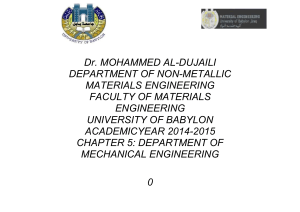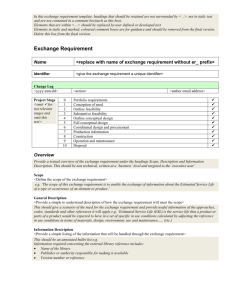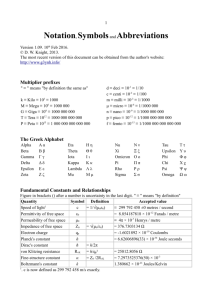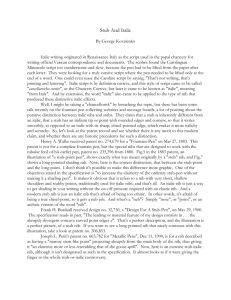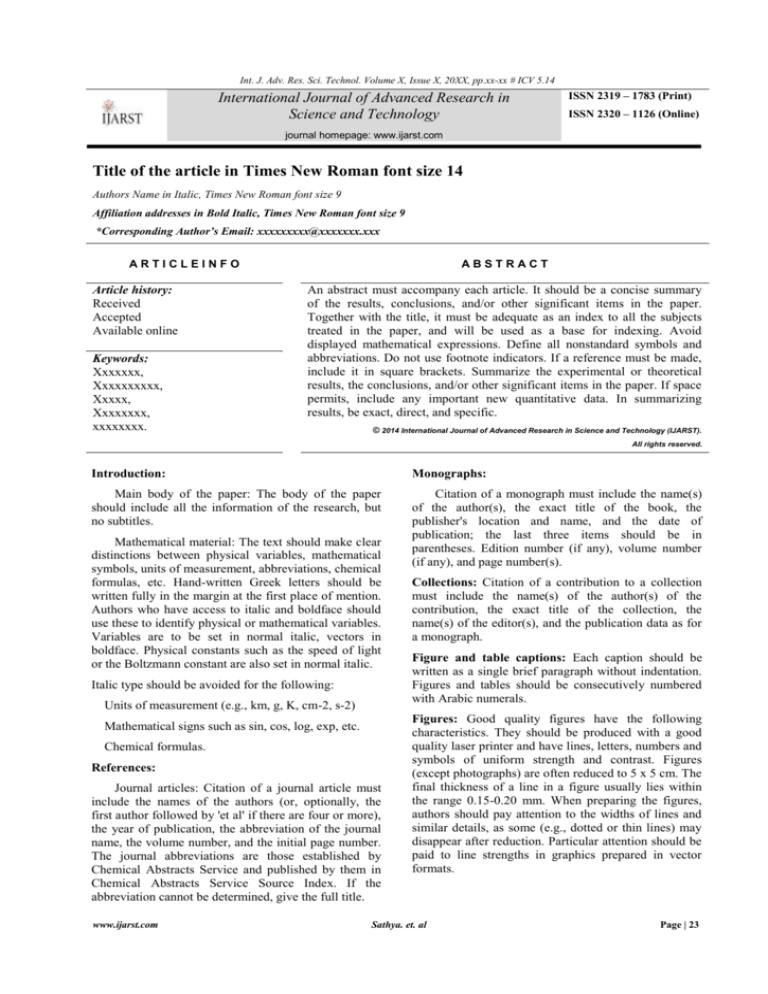
Int. J. Adv. Res. Sci. Technol. Volume X, Issue X, 20XX, pp.xx-xx # ICV 5.14
International Journal of Advanced Research in
Science and Technology
ISSN 2319 – 1783 (Print)
ISSN 2320 – 1126 (Online)
journal homepage: www.ijarst.com
Title of the article in Times New Roman font size 14
Authors Name in Italic, Times New Roman font size 9
Affiliation addresses in Bold Italic, Times New Roman font size 9
*Corresponding Author’s Email: xxxxxxxxx@xxxxxxx.xxx
ARTICLEINFO
Article history:
Received
Accepted
Available online
Keywords:
Xxxxxxx,
Xxxxxxxxxx,
Xxxxx,
Xxxxxxxx,
xxxxxxxx.
ABSTRACT
An abstract must accompany each article. It should be a concise summary
of the results, conclusions, and/or other significant items in the paper.
Together with the title, it must be adequate as an index to all the subjects
treated in the paper, and will be used as a base for indexing. Avoid
displayed mathematical expressions. Define all nonstandard symbols and
abbreviations. Do not use footnote indicators. If a reference must be made,
include it in square brackets. Summarize the experimental or theoretical
results, the conclusions, and/or other significant items in the paper. If space
permits, include any important new quantitative data. In summarizing
results, be exact, direct, and specific.
© 2014 International Journal of Advanced Research in Science and Technology (IJARST).
All rights reserved.
Introduction:
Monographs:
Main body of the paper: The body of the paper
should include all the information of the research, but
no subtitles.
Citation of a monograph must include the name(s)
of the author(s), the exact title of the book, the
publisher's location and name, and the date of
publication; the last three items should be in
parentheses. Edition number (if any), volume number
(if any), and page number(s).
Mathematical material: The text should make clear
distinctions between physical variables, mathematical
symbols, units of measurement, abbreviations, chemical
formulas, etc. Hand-written Greek letters should be
written fully in the margin at the first place of mention.
Authors who have access to italic and boldface should
use these to identify physical or mathematical variables.
Variables are to be set in normal italic, vectors in
boldface. Physical constants such as the speed of light
or the Boltzmann constant are also set in normal italic.
Italic type should be avoided for the following:
Units of measurement (e.g., km, g, K, cm-2, s-2)
Mathematical signs such as sin, cos, log, exp, etc.
Chemical formulas.
References:
Journal articles: Citation of a journal article must
include the names of the authors (or, optionally, the
first author followed by 'et al' if there are four or more),
the year of publication, the abbreviation of the journal
name, the volume number, and the initial page number.
The journal abbreviations are those established by
Chemical Abstracts Service and published by them in
Chemical Abstracts Service Source Index. If the
abbreviation cannot be determined, give the full title.
www.ijarst.com
Collections: Citation of a contribution to a collection
must include the name(s) of the author(s) of the
contribution, the exact title of the collection, the
name(s) of the editor(s), and the publication data as for
a monograph.
Figure and table captions: Each caption should be
written as a single brief paragraph without indentation.
Figures and tables should be consecutively numbered
with Arabic numerals.
Figures: Good quality figures have the following
characteristics. They should be produced with a good
quality laser printer and have lines, letters, numbers and
symbols of uniform strength and contrast. Figures
(except photographs) are often reduced to 5 x 5 cm. The
final thickness of a line in a figure usually lies within
the range 0.15-0.20 mm. When preparing the figures,
authors should pay attention to the widths of lines and
similar details, as some (e.g., dotted or thin lines) may
disappear after reduction. Particular attention should be
paid to line strengths in graphics prepared in vector
formats.
Sathya. et. al
Page | 23
Int. J. Adv. Res. Sci. Technol. Volume X, Issue X, 20XX, pp.xx-xx # ICV 5.14
8. Introduction to parallel computing: design and analysis
of algorithms – V. Kumar, A .Grama, A. Gupta, G.
Karypis – 1994.
9. Parallel optimization: Theory, algorithms, and
applications - Y Censor – 1997.
10. R. A. Finkel, “Large-Grain Parallelism: Three Case
Studies”, in the Characteristics of Parallel Algorithms,
Ed. L. H. Jamieson, The MIT Press, 1987.
Fig: 1. Calculation of Matrix Multiplication
Table: 1. The total processing time comparing to single
and multithread
Matrix
Dimension
100 x 100
200 x 200
300 x 300
400 x 400
500 x 500
Single
Thread
15
312
1652
6578
17172
Multi
Thread-A
31
235
2562
6625
17203
Multi
Thread - B
16
171
2000
6609
17093
RSM
12
89
986
4192
8016
Note: Units are in terms of Ms
Conclusion:
In Revised Simplex method, for problems whose
matrix of coefficients contains a large number of zero
elements the total amount of computation is reduced.
The Revised simplex procedure always deals with the
original coefficients, and because the computer codes
can be developed to multiply only non-zero elements,
the total processing time is greatly reduced when
comparing to single and multithread. Also the original
non-zero elements can be compactly stored in the
computer memory; the original simplex procedure
transforms the zero elements to non-zeros as the
computational progresses. The total number of
computations in the revised simplex method is, in
general less than the number in the original method.
References:
1. M. Baker, R. Buyya and D. Laforenza, “Grids and Grid
technologies for wide-area istributed computing”,
Software-Practice and Experience, Vol. 32(15), pp.
1437-1466. 2002.
2. Alexander Schrijver, Theory of Linear and Integer
Programming. John Wiley & sons, 1998.
3. Jim Beveridge, Robert Wiener: Multithreading
Applications in Win32, Addison-Wesley.
4. Thomas H. Cormen, Charles E. Leiserson, Ronald L.
Rivest, and Clifford Stein. Introduction to Algorithms,
Second Edition. MIT Press and McGraw-Hill, 2001.
Chapter 29: Linear Programming, pp.770–821.
5. Hamdy A. Taha, Operations Research: An Introduction,
Prentice Hall. Eighth edition, 2006.
6. Michael J. Todd (February 2002). "The many facets of
linear programming". Mathematical Programming.
7. J. C. Cunha, O. F. Rana and P. D. Medeiros, “Future
trends in distributed applications and problem-solving
environments” ,Future Generation Computer Systems,
Vol. 21(6), pp. 843-855, 2005.
www.ijarst.com
Sathya. et. al
Page | 24





